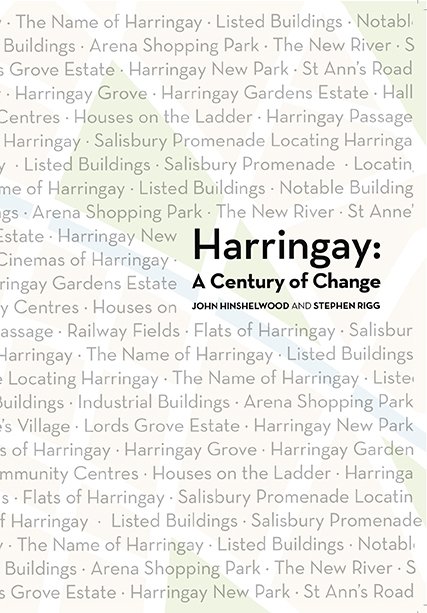Charting Harringay’s history
John Hinshelwood(left) and Stephen Rigg talk about their new book, “Harringay: A Century of Change” which is on sale now, and how you actually spell Harringay. Or is it Haringey?
Historian John Hinshelwood talks about his new book, which is on sale now, and how you actually spell Harringay. Or is it Haringey?
John Hinshelwood is no stranger to Harringay. In fact, he knows it fairly better than most, having written How Harringay Happened, a definitive history of the area that is still available for sale in local shops. That book has now been followed by a sequel.
John says the new book is based around themes, rather than a linear timeline of events, and places more emphasis on photographs.
The idea is that we can perhaps encourage people to go out and have a look at the buildings and places around where they live, he says.
The new book, which John says will feature large, modern photos with supporting commentary running underneath, promises to answer the much-debated question of where precisely St Ann’s village is located.
Book 1 - How Harringay Happened
Book 2 - Harringay: A Century of Change
“All three residents’ associations in the area have differed strongly on this. You’ll have to read the book to find out the answer.”
As a prolific researcher, he has plenty of facts to share. The Grand Parade of shops that runs along the east side of Green Lanes, for example, is one of the earliest examples of a suburban shopping parade.
Earlier in the last century there were three cinemas squeezed along the tiny road – on Wightman Road, Ducketts Common and the Colliseum, opposite the Beaconsfield pub. All have since closed but are a sign of how people sought their entertainment at the time.
And the tall tower at the southern end of the narrows Harringay Passage that runs between the houses of the Ladder is, in fact a brick surge tower to prevent the sewer under the passage from overflowing.
The opportunity was ripe to ask an age-old question. Many of us know that our area has two different spellings: Harringay, referring to the locality; and Haringey, referring to the borough and council. Which of these is actually the correct one?
A local head teacher did a study of the name, he says, and found that there were three variants in circulation. But they all derive from “Hornsey”, a name that today refers mostly to the neighbourhoods on the other side of the East Coast railway. And when the London Borough was being set up in 1964 the councillors voted for “Haringey”.
But which is the right one?
“They both correct,” he replies, a hint of mischief in his eye.


